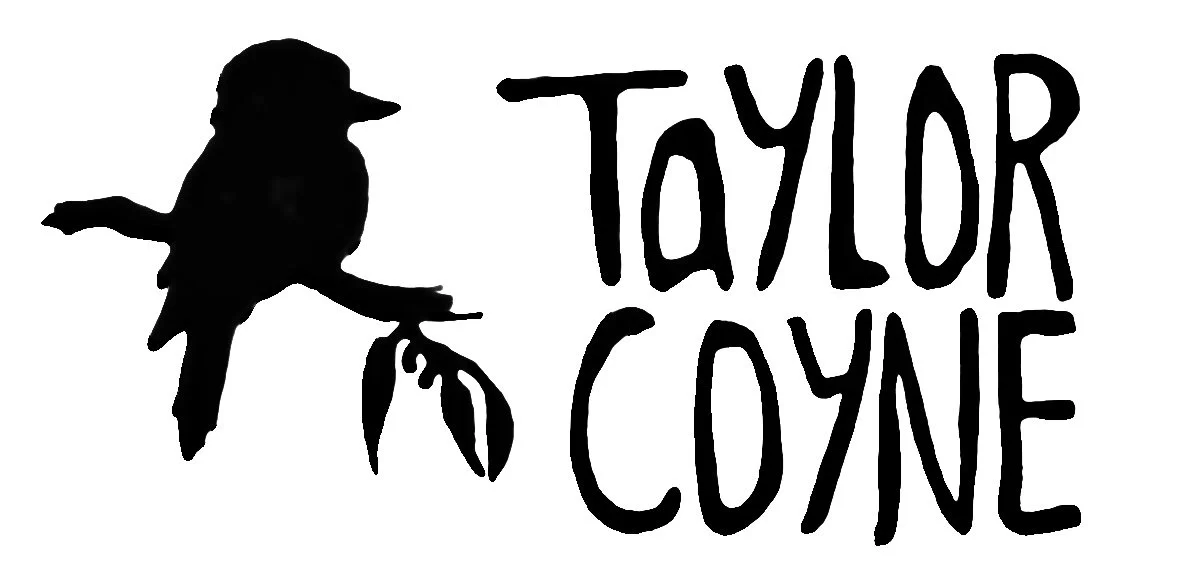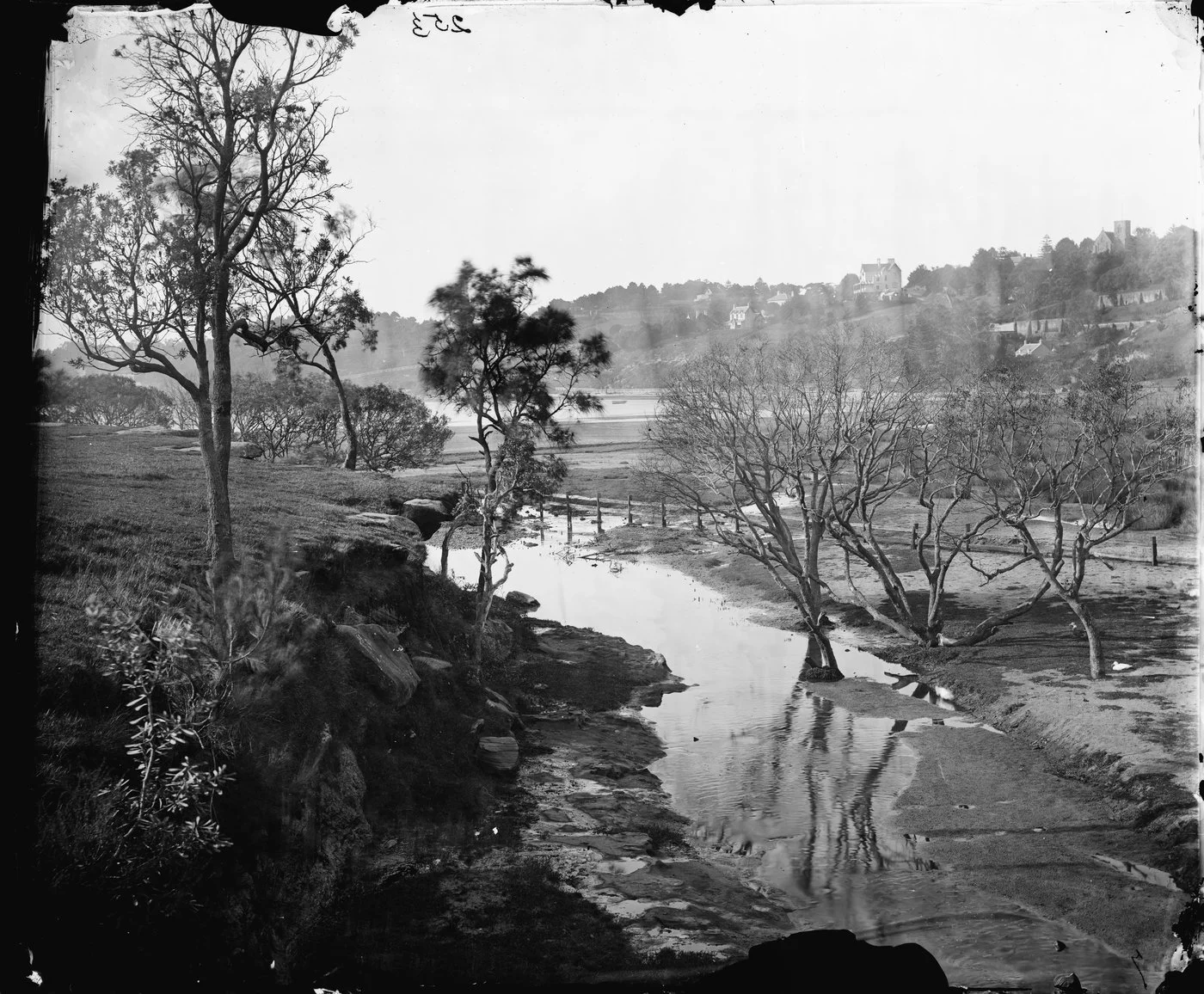Rushcutters Creek, 1870-75 (Mitchell Library, State Library of NSW - ON 4 Box 56 No 253)
Swamp City
Swamp City is a long-form research project that unfolds across time, place, medium, and memory. At once a historical investigation and a contemporary act of witnessing, it traces the silenced waterways and infrastructural afterlives that shape eastern Sydney, drawing the eye downward and the ear toward what flows beneath. Led by geographer and design researcher Taylor Coyne, the project spans academic, creative, and public domains, moving between archival research, fieldwork, photographic storytelling, and multispecies attention. It is not only about stormwater infrastructure, it is about how a city is built upon what it chooses to forget, and how those forgettings might still be felt, heard, and held.
The central thread of Swamp City is to understand what happens to waters when they are named as stormwater? And what happens to place, to culture, to kinship, when wetlands and swampscapes are drained, renamed, and concreted over? Beginning with the early colonial transformation of Dharug and Dharawal lands, this work traces the silencing of swamps, creeks, and floodplains under the logics of drainage, sanitation, and settler planning. But the project refuses to remain in critique. It listens through walking, through rusted grates and graffiti-tagged canals, through sidelined maps and the return of eels and lizards to the edges of concrete drains. In this way, Swamp City becomes an act of archival expansion. It treats water not only as resource or risk, but as memory, as law, as presence.
The research forms the backbone of Coyne’s PhD in Human Geography at UNSW, where material histories of sandstone, iron, and concrete are read alongside planning schemes, legal frameworks, and Indigenous philosophies of Country. But the project’s life stretches beyond the academic. Through the Instagram platform @swamp_city__, Swamp City becomes a living, accessible, poetic, and haunting presentation of water stories. There, a slow feed of images and longform captions draws together colonial maps, creekbed fieldwork, infrastructural ruins, multispecies observations, and critical storytelling. Each post becomes a vignette inviting viewers to look again at a place they thought they knew, and to sense what lingers beneath it.
Swamp City and the creative and written outputs show that research can also be elegy. That design critique can be felt. That academic work can be shared in the vernacular without diluting its rigour. And throughout, the project holds to a philosophy of slow witnessing. It honours water’s refusal to be fully contained. It leans into the mess, the mud, the seepage. It is attuned to the more-than-human voices that still dwell in the liminal, interstitial geographies of settler urbanism.
Swamp City is, above all, an invitation. An invitation to see infrastructure not as neutral but deeply political and wickedly representative of how the city is woven into our daily lives in uneven ways. The project treats stormwater drains not as absence but as a key component of the wet archive. Co-walking the city with friends, colleagues, students, and family, Swamp City offers openness to grief, complexity, and co-becoming. It is a story of colonial transformation and ecological resistance, of how cities silence and how Country remembers. A geography made not from maps alone, but from shadows, silences, kinship, and care.
Swamp City
A meditation on Sydney's wet archive of buried waters, storm drains, and the voices that resist silencing.
